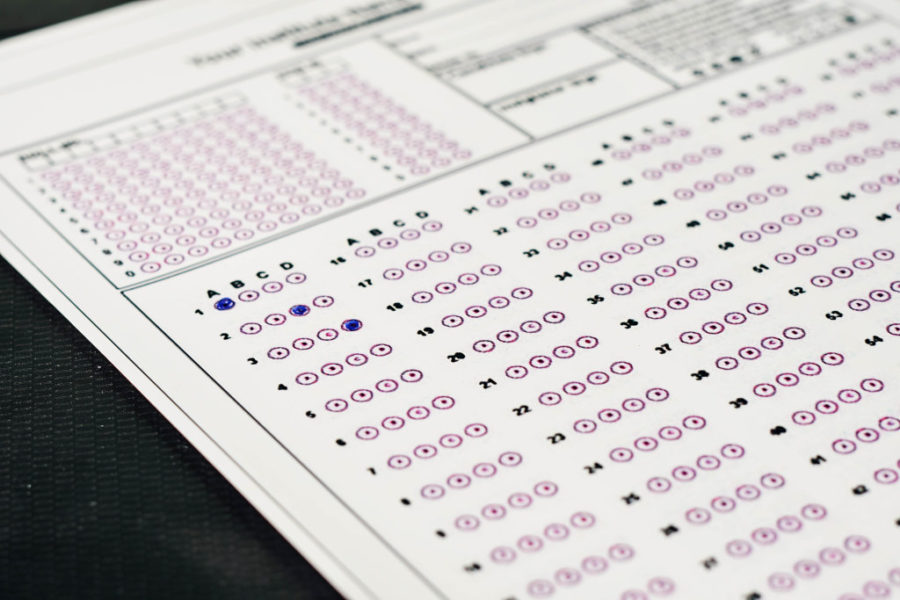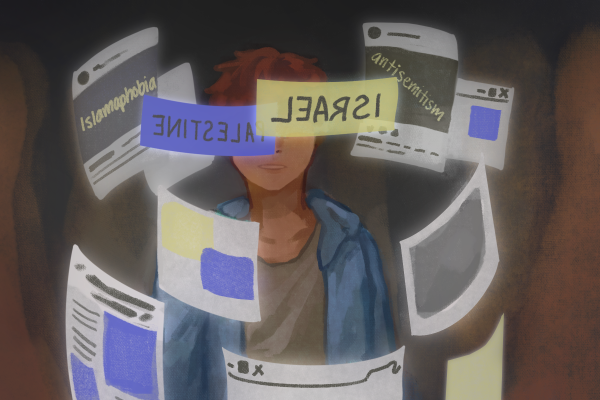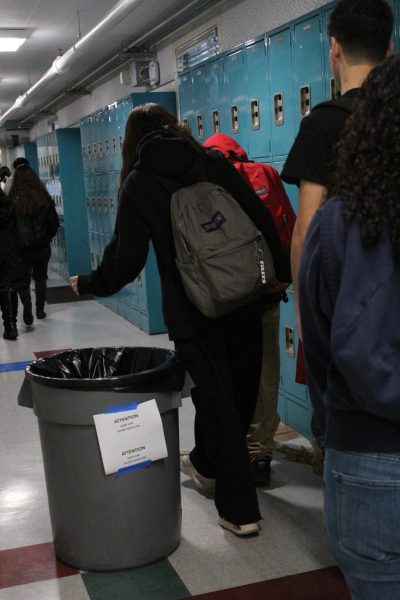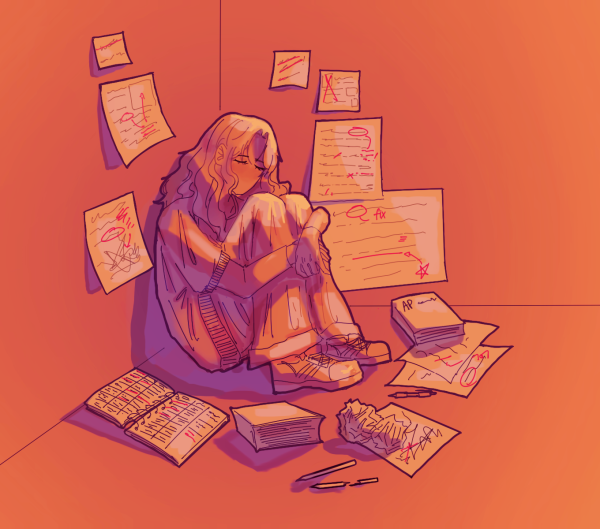Standardized, AP testing continues for underprepared, stressed students
After some debate over whether Advanced Placement and standardized testing should resume as normal despite the ongoing coronavirus pandemic, both are scheduled to resume in full length. This decision is the source of stress for many underprepared students and upset teachers. Photo from CCNULL.de
April 27, 2021
The one-year anniversary of this pandemic has just passed and although the school year is coming to an end, the stress felt among students has only intensified because of standardized testing.
Last year, standardized testing was put on hold since the pandemic had just begun and many families were struggling to adapt to remote learning. Only a year later, the CollegeBoard deemed enough time had passed for students to get back to regular testing and standardized Smarter Balanced Assessment Consortium English and math testing has resumed for all juniors.
During a pandemic especially, SBAC testing is not a priority. It is an unnecessary stressor that takes students who already face a lack of interaction with their teachers out of class for even more time.
Despite having more experience with online work, students are tired of constantly sitting and staring at screens. Bringing back 3-hour testing just adds to screen time and stress from the virtual classes. Just because COVID-19 case counts are lowering and some students and teachers are returning to campus doesn’t mean that we’re in any less of a pandemic.
The ongoing trauma of the past year hasn’t healed and most likely won’t be any time soon. It’s ridiculous to expect a student to sit down for three or more hours for a test when there’s possibility of connection failure, family interruptions and an overall quiet environment.
The decision to shorten last year’s AP Exams gave room for fewer mistakes in terms of technological errors and disturbances and is yet another example of the flawed methods of testing returning to normal. These tests are not made to be taken at home and this is obvious in the faults seen in trying to do so. Last year, AP testatkers were plagued by the inability to submit work and their progress was lost.
Additionally, the College Board’s decision to administer the traditional exam format comes months before the actual exams take place. This has come as a surprise to AP teachers, who were preparing their students for last year’s version of the exams. Not only did the format help students but teachers as well, it allowed teachers to fully focus on one subject and prepare their kids with what they believed would be helpful.
Now, teachers who based their year’s curriculum on analyzing and responding to long response questions face the challenge of covering a year’s worth of other material in just a few months. Review for multiple choice material is now an afterthought despite making up a large portion of the overall test grade.
It is extremely hopeful and unrealistic to expect that this change will help students in any way. The standardized and AP tests are now the cause of so much unnecessary stress born from a lack of empathy for students and teachers.

















